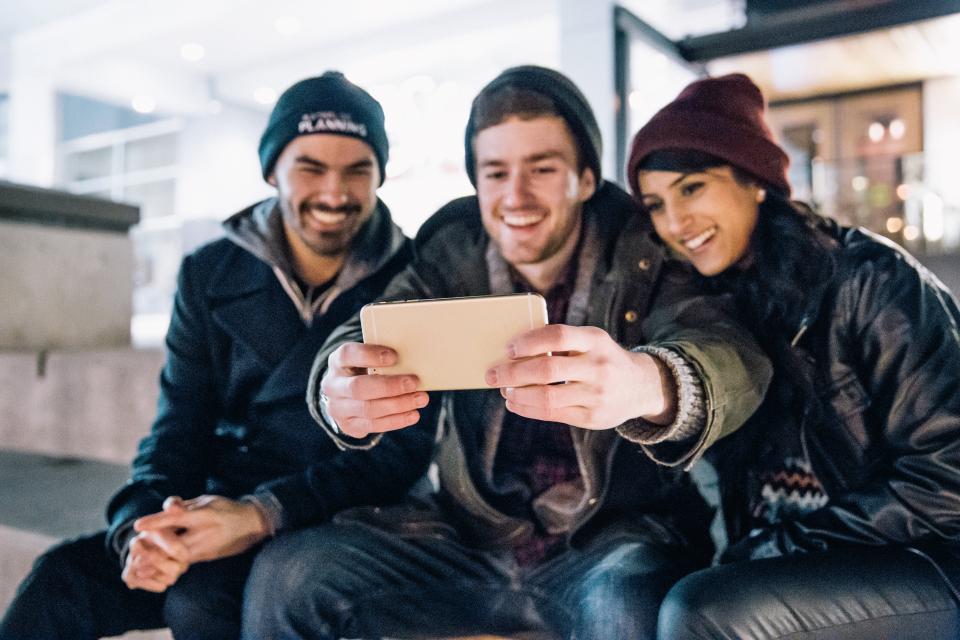Ask most millennials, and they’ll tell you they value experiences over possessions.
78% would rather pack their bags and go on an adventure than buy material goods, and it’s changing the way the travel industry interacts with its customers.
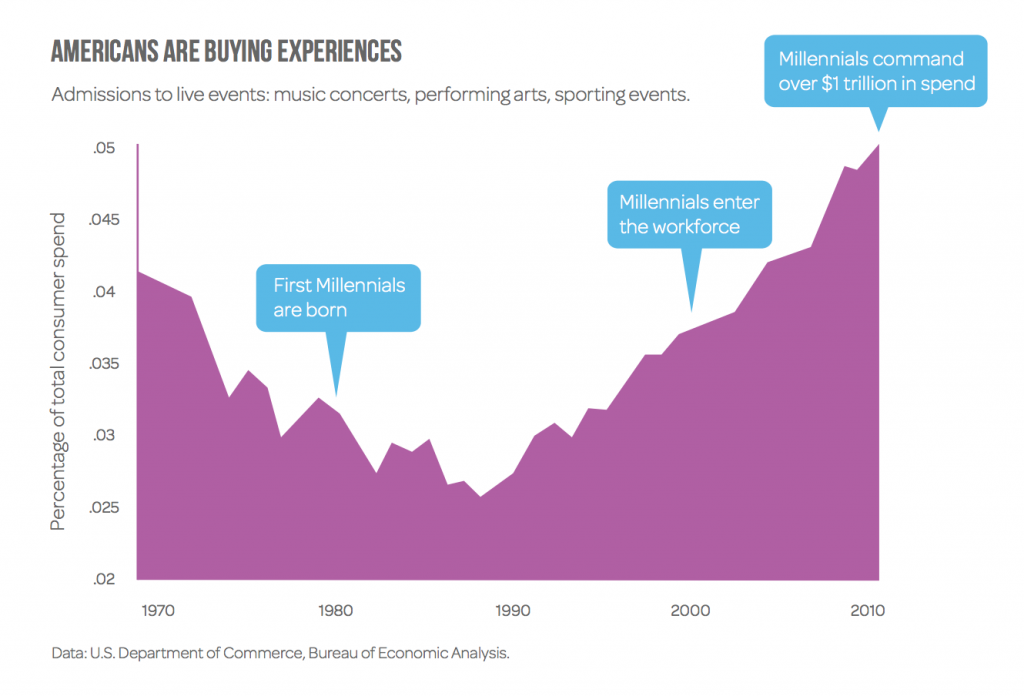
Back in the day, you could rock up at a travel agent and have your trip booked in half an hour.
But today?
Today people want to personalize their travel, making sure they have the perfect accommodation, transport, and on-site experiences. Travelers are increasingly putting together the working parts of a trip themselves thanks to the rise in mobile.
The surge of activity on handheld devices helps users travel light and, on the other side of the coin, gives travel brands the chance to reach their people wherever they are in the world.
And hey, this leads to stronger customer retention and ROI – but only for brands that get it right.
Real-Time, In-Person Experiences Are Changing Travel
Unlike the old days when you’d go into a black void of no internet or signal when you traveled, today things are very different.
Travel sparks social media updates from people who barely log on, and people start checking-in to locations, taking selfies against beautiful backdrops, and continuously posting status updates.
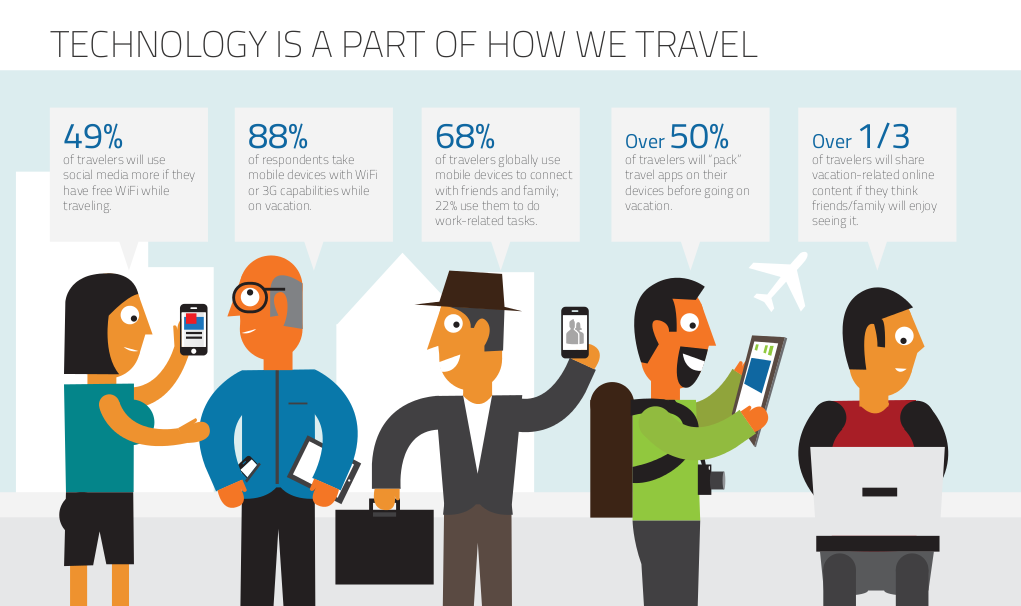
There’s no doubt about it: social media has changed the way people travel and it’s forced the travel industry to create deeper connections with their customers and come up with new ways to stand out and increase their revenue.
And it’s time to play the long game.
As well as diving into the world of mobile marketing, brands need to go beyond the once transactional process of travel booking and start building relationships – something that’s become much easier to do now that people take their mobiles everywhere.
How Travelers Are Booking Their Trips Now
This new mobile-led landscape has not only changed the way people travel, but it’s also changed how they book their trips.
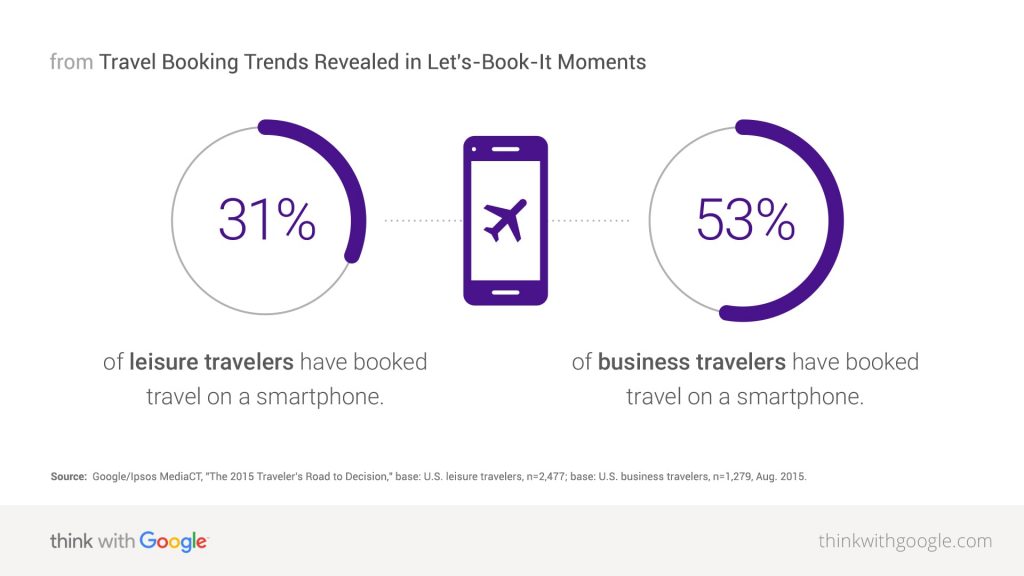
Today, 31% of people traveling for leisure and 53% of people traveling for business say they booked on their smartphone.
But it’s important to not focus solely on mobile.
Instead, brands need to develop a cross-platform approach that ties into their user’s needs.
For example, 94% of leisure travelers switch between devices when booking, many of whom carry out research on their mobile before taking the plunge and booking on their laptop or desktop.
Okay, So What Does This Mean For Travel Brands?
This shift in booking preferences and the behavior of travelers means brands are increasingly required to provide value and, more importantly, engage with their users in a more consistent way.
It’s not enough to make a sale and disappear off the face of the earth.
People expect travel companies to interact with them after the booking process – which also leads to repeat custom if you do it well.
So, to break it down, the booking process now needs to be broken up into four main areas:
- A strong engagement strategy that attracts customers in the first place
- Thoughtful onboarding that keeps customers around after they’ve booked
- Relevant messaging to build relationships and stand out amongst the millions of competitors that crop up every week
- Innovative cross-channel approaches that can reach potential customers wherever they are in the world to keep providing value
And, though modern marketing is still heavily led by analytics and ROI, there is a new landscape unfolding; one where brands are beginning to identify those all-important micro-moments in the booking journey that compel customers to move forward.
This means creativity – and lots of it.
Let’s dive in.
1. Sharing is Caring – Especially When it Comes to Travel Plans
Airbnb, one of the biggest travel brands to explode onto the scene in recent years, works under the whole “sharing is caring” policy.
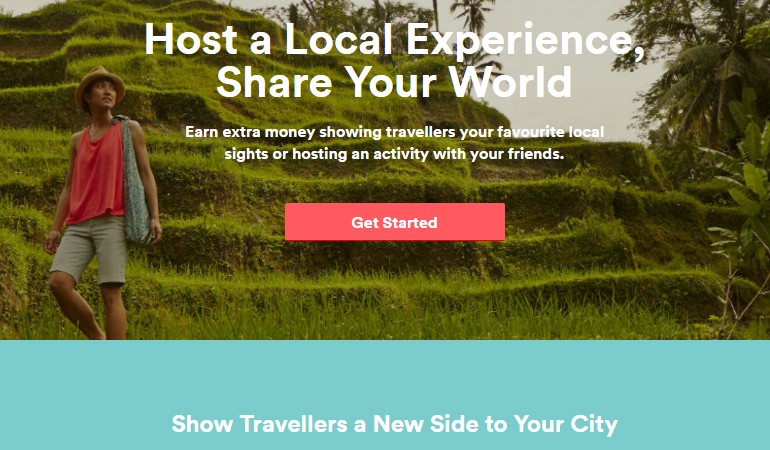
The company pairs people with space in their homes to travelers looking for a place to stay. It’s the alternative to hotels, and it prides itself on matching people up in a human way.
But it’s not just this whole bringing people together that humanizes the booking experience for Airbnb, there’s also a number of social elements whirring away to help travelers coordinate trips with friends and families.
These tactics include:
- Location-specific content that means users can explore local events and share them
- The ability to split the costs between a group, saving those awkward money chats when traveling with others
- Local experiences that are personalized for each and every user depending on their past behavior on the site
2. Push Notifications for Personalized Experiences
Personalization is huge in the marketing world at the moment – and for good reason.
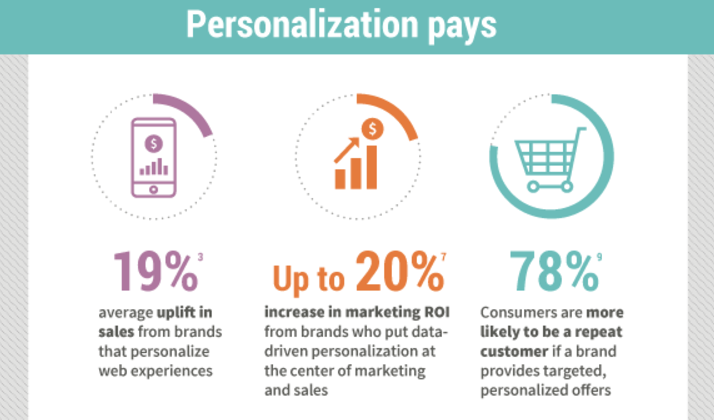
Consumers are tired of being blanket marketed to. They crave connections instead, and want to feel valued by the brands they buy from.
Low-fare finding brand Hopper gets this down to a T.
Users choose the dates they want to travel and the routes they’re thinking of traveling, and the app sends them push notifications when prices are at their lowest.
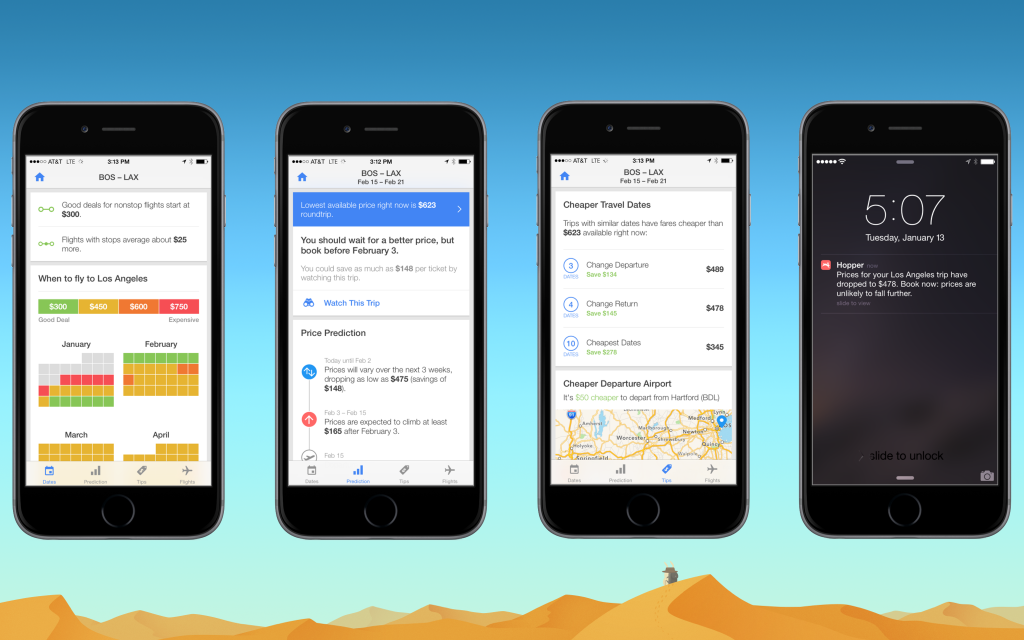
This lets users act quickly, and takes the time and energy out of constantly refreshing flight prices to see if they drop.
On the flipside, there are brands like Tripit that are powering personalization in different ways.
Remember earlier when we said people are putting together their own trips rather than heading to a travel agent? Tripit acts as a hub for bringing everything together by offering a hold-all for confirmation emails, tickets, and itinerary information.
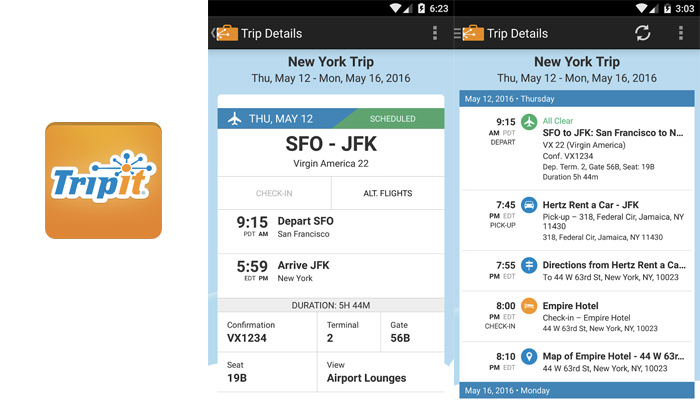
With so many working parts of a trip, it allows users to build up their trip in a concise and organized way, creating a hyper-relevant and personalized user experience.
3. User Generated Content and Recommendations
97% of millennials post photos and videos of their travels on social media, which means travel brands have access to a mammoth amount of content created by the very people who can sell their business best – their customers.
This, compared with the rise in popularity of third-party recommendation sites, means the internet is now a visual and commentary hub of influential, inspirational content.
This influx of social sharing has no doubt led to the genuine importance of online reviews, with 59% of US travelers now using sites such as Tripadvisor as an authentic source for booking their trips.
Let’s take a look at this in action.
Loews Hotels noted this trend and stepped up to the mark. Using the #TravelForReal hashtag, they gathered hundreds of pieces of user generated content and, with the help of TINT, displayed it throughout the various different stages of the customer buying journey.
The campaign led to a 35% increase in bookings.
“To be a successful brand in this day and age, it’s important to have an authentic presence on all of your communications,” says Piper Stevens, the VP of Loyalty and Marketing at Loews Hotels.
In a similar vein, Hyatt Hotels have integrated user generated content to garner more engagement from their customers.
Their designated hashtag, #InAHyattWorld, began as a place for the brand to highlight its values, but it soon became a go-to place for travelers to post images and content about their own trips at the hotel chain.
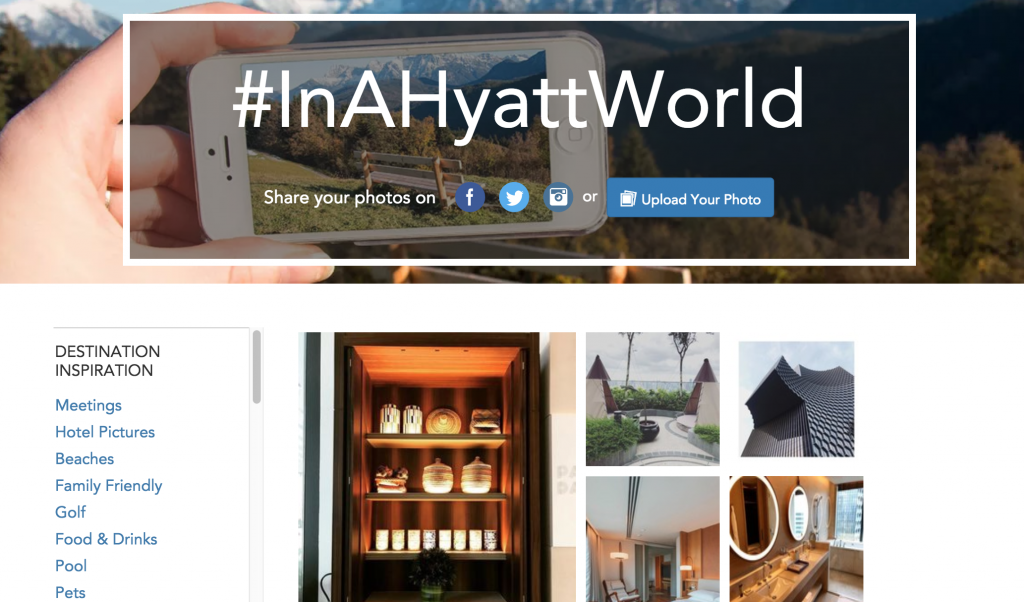
Overall, more than 89,000 Instagram images were uploaded by guests throughout the campaign, many of which were displayed on a microsite. This helped the brand build trust with existing customers while expanding their reach.
4. Using Travel Influencers to Inspire
Influencer marketing is on the rise, and it’s no surprise that the travel industry is getting involved too.
More and more companies are tapping into partnerships with key names in the travel industry to increase brand awareness and drive revenue.
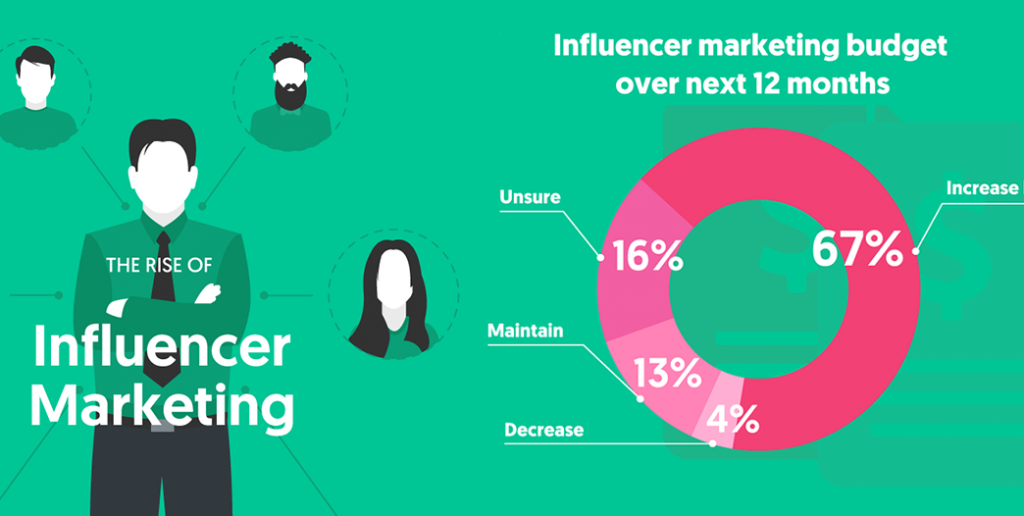
Take the Hawaiian Tourism Board, for example.
They wanted to inject a hearty dose of authenticity into their brand and decided to partner with top influencers in the travel industry on Instagram.
The hashtag, #LetHawaiiHappen, allowed these influencers to highlight different parts of traveling the country, including off-the-beaten-path experiences and hidden hotspots. The brand collaborated with Jordan Hershall and Forster Hunting, two of the most adventurous travelers on Instagram.
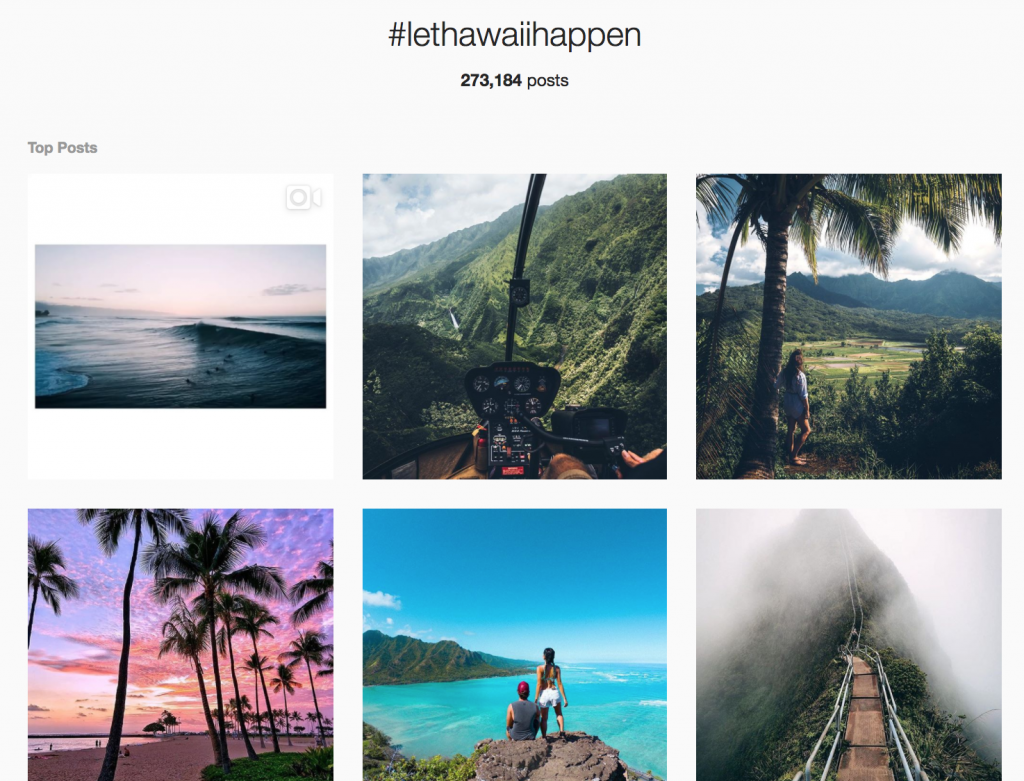
Customer service is incredibly important.
Remember the United Airlines incident where a doctor got thrown off a flight? That’s a great example of terrible customer service, and the shockwaves of the event are still having detrimental effects on the brand.
But, with the rise of mobile activity, it’s not only important for brands to provide good customer service, they also need to provide it in ways that the consumer wants.
Today, more people than ever before are communicating with brands through different channels – most prominently, social media channels.
In fact, 53% of customers who ask a brand a question on Twitter expect an answer in less than an hour. This rockets up to 72% if it’s a complaint.
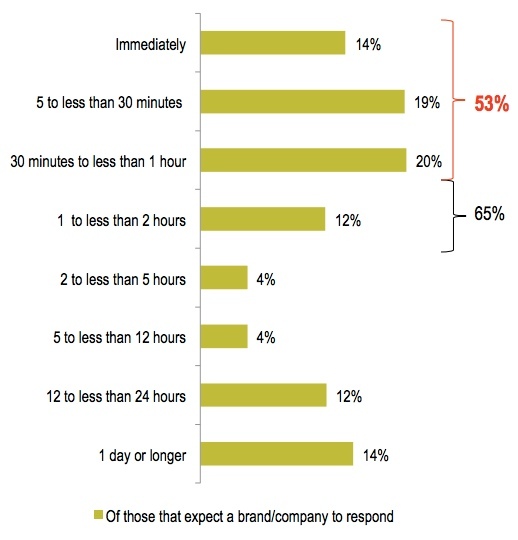
So now customer service isn’t just confined to call centers, it’s permeating brands from the inside out, where complaints and questions are more visible than ever.
This means social media monitoring needs to be a proactive task.
At the #PSEWEB conference at Delta Hotels, a customer Tweeted his disappointment about the view from his room. In response, Delta Hotels offered him a new room within the hour.
Not only did this showcase that Delta Hotels were on the ball and valued their customer experiences, but it led to the guest writing a blog post about his encounter which led to even more positive publicity for the brand.
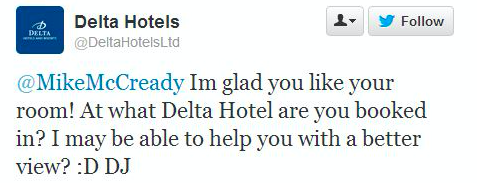
Now, more than ever, customer service is becoming part of the promotional booking process.
To Humanize is to Connect and Convert
With so many new, innovative travel brands popping up every day, it’s vital that companies stand out and stay creative.
Not only do campaigns need to center around the customer, but it’s important to implement strategies that take the booking process away from the simple transactional activity it used to be and move it towards the connective, relationship building activity that consumers today are looking for.
By tapping into the power of people from the outside, like influencers and their own customers, as well as providing more personalized experiences and a more integrated customer service strategy, brands are building deeper levels of trust with their customers who, in turn, keep coming back for more.
Are you ready to humanize the booking process? Sign up for a free demo with TINT today.

